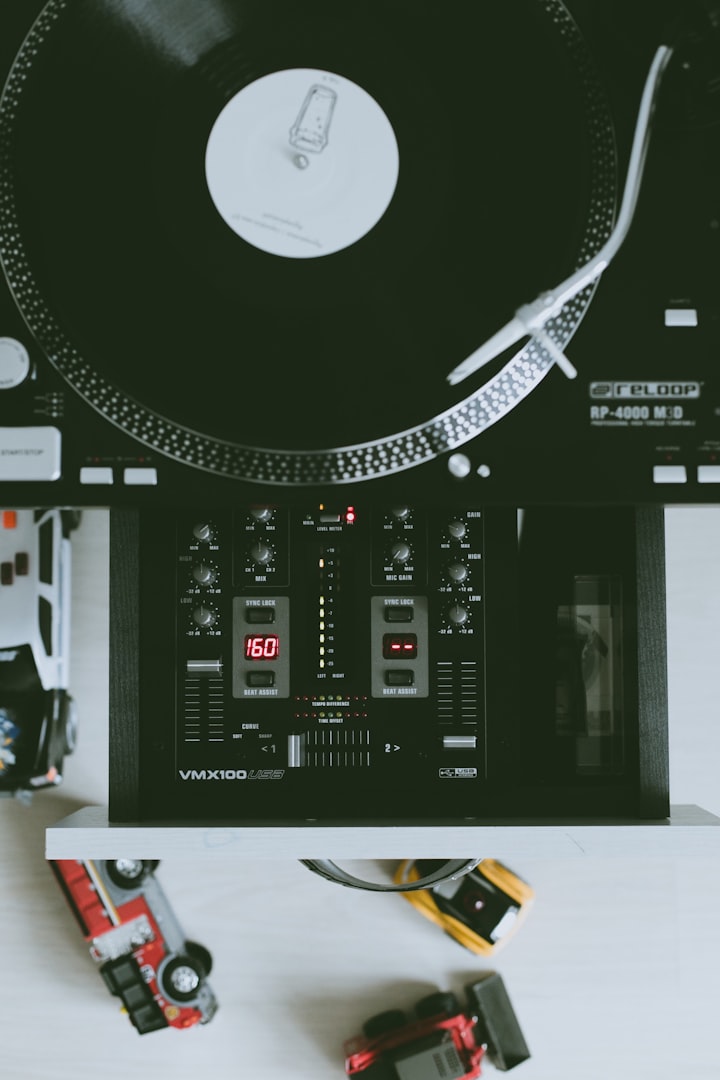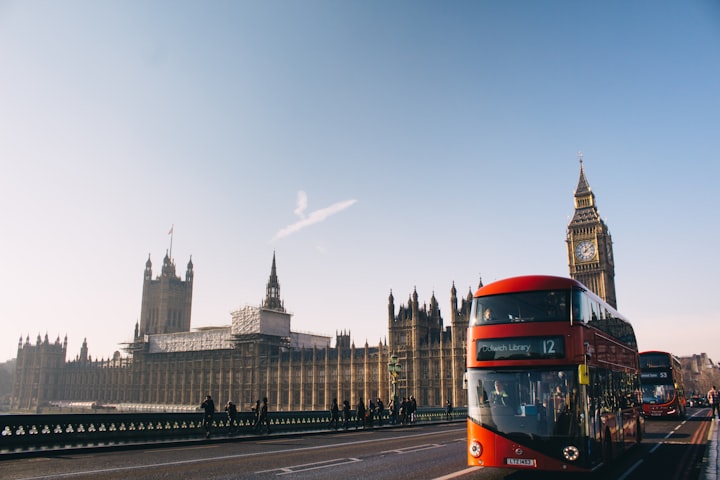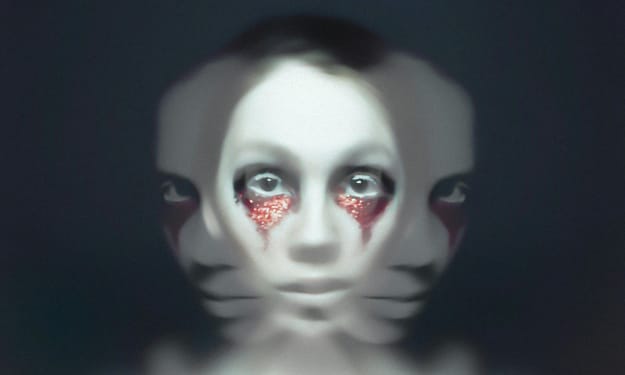
Understanding the Importance of Sound in Creating a Creepy Atmosphere
Sound design plays a critical role in shaping the terrifying and immersive experience that horror movies aim to deliver. In the realm of horror cinema, sound is not just a background element but a powerful tool used to evoke fear, tension, and unease in audiences. From eerie sound effects to spine-chilling music cues, every sonic detail is meticulously crafted to manipulate emotions and intensify the on-screen horrors. This article delves into the art of sound design in horror movies, exploring how sound effects, music, and even silence are strategically employed to create a creepy atmosphere that lingers long after the credits roll.
Introduction to Sound Design in Horror Movies
In the eerie world of horror movies, sound design plays a pivotal role in creating spine-chilling atmospheres. From subtle whispers to blood-curdling screams, every sound is strategically crafted to evoke fear and suspense, making your hair stand on end.
Understanding the Importance of Sound in Creating a Creepy Atmosphere
Sound effects are the unsung heroes of horror films, setting the stage for terror with each creak, groan, or ominous whisper. Foley artists work behind the scenes, using everyday objects to enhance realism and bring nightmares to life. Through skillful manipulation, they create eerie soundscapes that linger long after the credits roll.
Setting the Tone with Music Tempo and Pitch
In the dark symphony of horror, music acts as a conductor of fear, manipulating tempo and pitch to raise audience anxiety to a fever pitch. Leitmotifs and jarring sounds become the heartbeat of dread, signaling impending doom and sending shivers down your spine.
Timing Sound Cues for Maximum Shock Value
When it comes to jump scares, timing is everything. Sound cues are meticulously crafted to catch viewers off guard, delivering maximum shock value. By layering sounds like a sinister crescendo, filmmakers amplify the startle effect, leaving you gasping in terror at every unexpected twist and turn.# Creating Psychological Horror through Sound Design
When it comes to horror movies, sound design plays a crucial role in setting the eerie tone and sending chills down our spines. One effective technique is using subliminal sounds that we may not consciously register but still manage to unsettle us. These sneaky auditory cues can leave us feeling on edge without even realizing why.
Another way sound design messes with our minds is through repetition and distortion. Imagine hearing a distorted, warped version of a familiar sound – it's like your brain's trying to make sense of something that's just not right. This subtle manipulation can heighten our sense of unease and keep us glued to the screen, waiting for the next auditory assault.
The Use of Silence for Maximum Impact
Silence can be deafening in a horror movie, creating a vacuum of sound that amplifies our anticipation. By withholding auditory cues, filmmakers can build suspense to unbearable levels, leaving us bracing for the inevitable scare. The absence of sound can be just as terrifying as any bloodcurdling scream.
Contrasting moments of silence with sudden sound bursts is another clever tactic. Picture a scene where everything is eerily quiet, only to be shattered by a jarring noise out of nowhere. This abrupt shift from calm to chaos can jolt us out of our seats and keep us on edge, unsure of what's lurking in the shadows.
Sound Design Techniques for Building Tension
To ratchet up the tension, sound designers often employ gradual increases in volume and intensity. By starting off softly and slowly ramping up the auditory assault, they can crank up the anxiety levels until we're practically biting our nails in anticipation. It's like a sonic rollercoaster leading to a spine-tingling climax.
Another technique that messes with our heads is sound panning and spatial audio. By manipulating where sounds come from in the audio mix, filmmakers can disorient viewers and create a sense of unease. That feeling of not knowing where the next sound will emerge from adds an extra layer of dread to the viewing experience.
Conclusion: The Power of Sound in Crafting a Terrifying Experience
In the realm of horror movies, sound design is a formidable tool for shaping our emotional responses and intensifying the scare factor. From subliminal tricks to strategic silences and tension-building techniques, every auditory cue is carefully crafted to keep us on the edge of our seats. The next time you find yourself jumping at a sudden noise or feeling a shiver down your spine, remember – it's not just what you see on screen that's giving you goosebumps, but what you hear as well.
Conclusion: The Power of Sound in Crafting a Terrifying Experience
In conclusion, the spine-tingling world of horror movies owes much of its impact to the skillful manipulation of sound design. By harnessing the nuances of sound effects, music, and silence, filmmakers can orchestrate a symphony of fear that resonates with viewers on a primal level. The meticulous attention to auditory details not only intensifies jump scares and suspenseful moments but also shapes the psychological landscape of the narrative, delving deep into the darkest corners of our imagination. As audiences continue to seek out the thrill of being scared senseless, the art of sound design in horror movies remains a potent force in crafting a truly terrifying cinematic experience.
About the Creator
Relang
I am a passionate novelist and imaginative writer my words dance across the page, painting vibrant tapestries of emotion and intrigue.






Comments
There are no comments for this story
Be the first to respond and start the conversation.